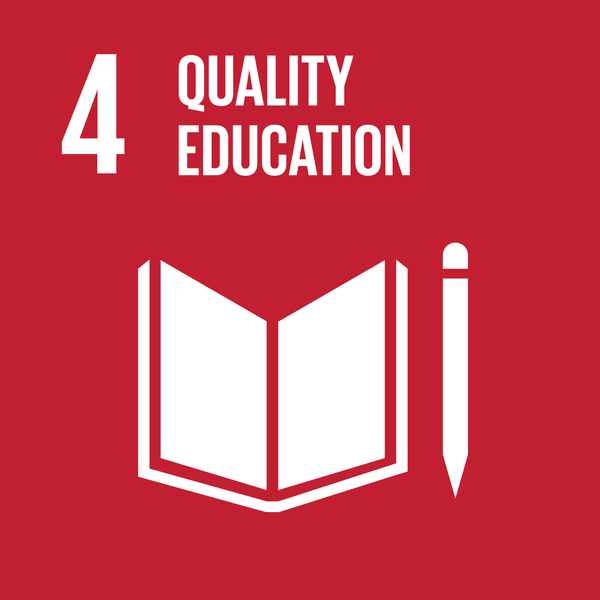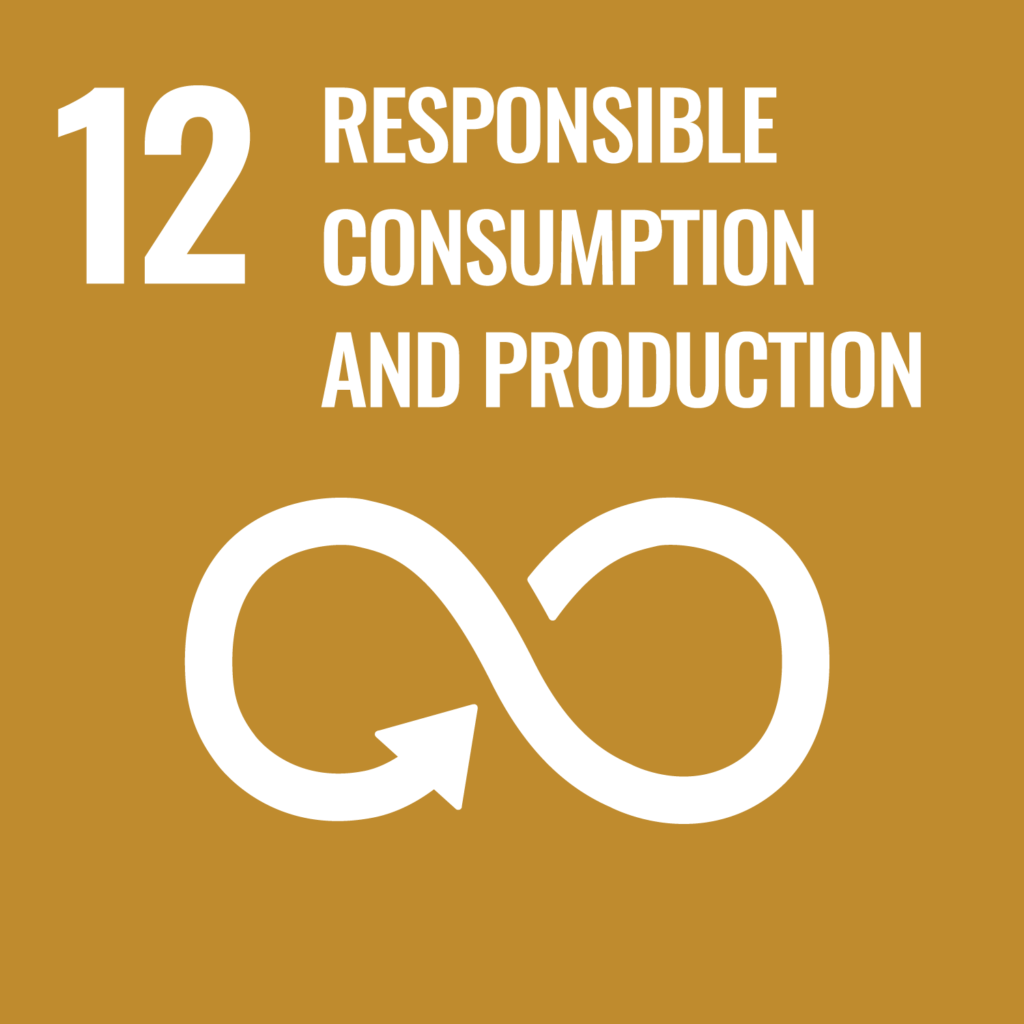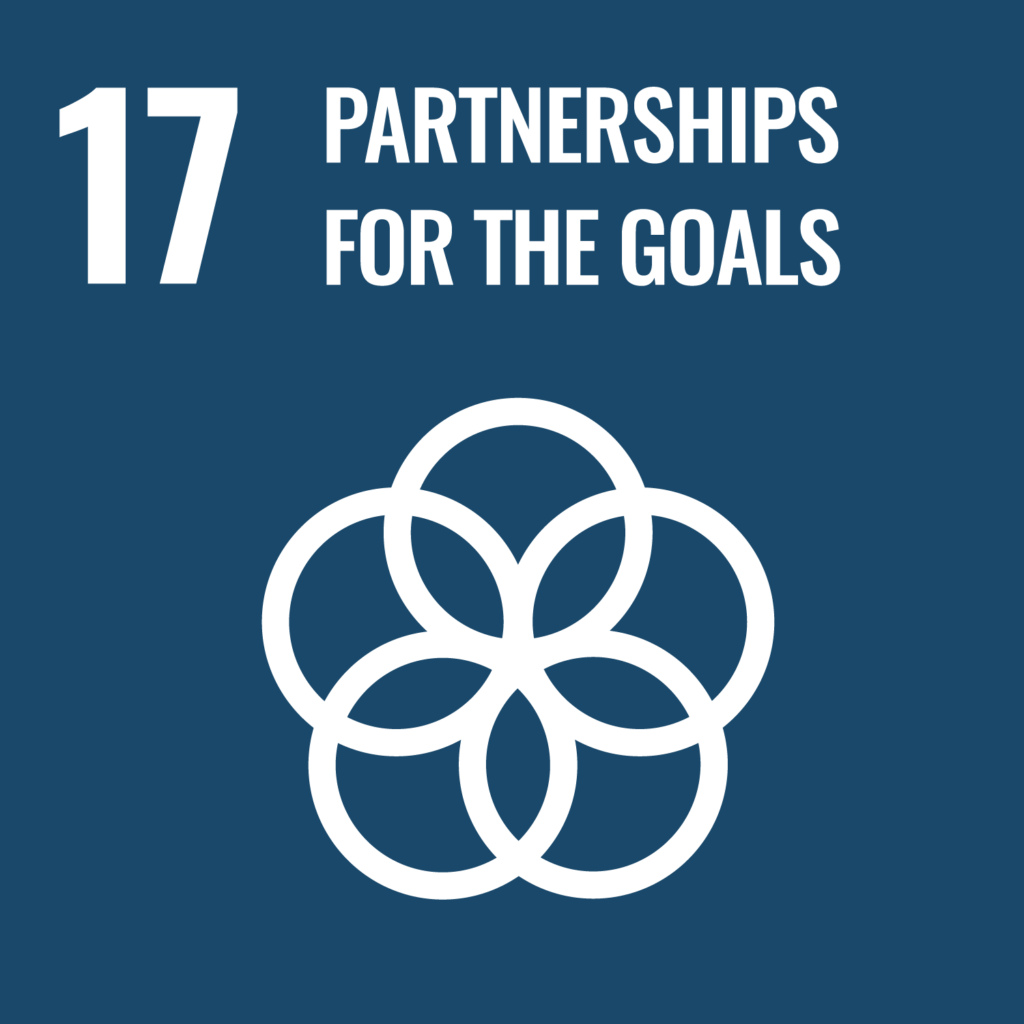BY: Elisabeth Wandel, Sustainability Manager at IST
As a Sustainability Manager at IST, I frequently get asked the questions how does an IT company work with sustainability?
Digitization and the sustainability agenda
When it comes to digitization and digitalization there are many benefits to the sustainability agenda. From an environmental perspective this includes reducing the amount of paper usage, physical storage for archiving documents and avoiding travel through online meetings. In addition, digital technologies can make our ways of working more effective and save time and resources that can be used elsewhere. Access to reliable data can also provide an overview of activities and inform decision-making.
However, there is also a material impact of using the internet, sending emails and storing digital files in the “cloud” that we often are not aware of. The internet emits more global greenhouse gas emissions (3.8%) than international air traffic (2.5%) (1). With less than 20% of electronic waste being recycled globally (1), there is also a need to focus on the reuse and recycling of electronics to reduce the number of raw materials including metal, plastic and minerals needed to make our devices. When it comes to developing digital solutions, companies also have a responsibility to protect the data of their users and handle data in an ethical way. In addition to this, user-friendliness and digital accessibility are crucial to ensure that the benefits of technology reach all users including those that are less tech-savvy and those with a disability.
How IST works with the Sustainable Development Goals
At IST we have mapped how our business contribute to relevant Sustainable Development Goals to help guide our sustainability efforts. We held a series of workshops with our product owners, software developers and key internal stakeholders to match their expert knowledge about our products to how we can help make a difference for our customers and the planet. In addition to this we have a Sustainability Forum, that is made up of representatives from all departments of our organization, that supports knowledge sharing and helps implementing local sustainability actions.
Based on my experience as a Sustainability Manager here are three action areas to focus on as an IT company:

1. Define the Sustainable Development Goals that are most relevant to the core business of your company.
This is the area that the company has the most influence over to make changes to become more sustainable within the business and for its customers.
At IST, our products contribute the most to SDG 4 by supporting effective school administration from childcare to adult education. Our tools help handle school-related data that give an overview of school activities and can be used in other learning platforms

2. Systematize your sustainability efforts.
his refers to establishing repeatable processes and routines for planning, taking action and following up on progress to ensure continuous improvement.
At IST we have established an environmental management system according to ISO14001 to help support measuring and taking meaningful action to reduce our negative impacts. Our annual carbon footprint shows that our second largest emissions after car travel, are from the purchase of our data servers (2). Concrete actions we have taken include more online customer meetings and webinars. We have also focused on optimizing our data storage by deleting unnecessary files and data. When it comes to our data servers, they are hosted at our main data center that runs on 100% renewable energy and are recycled according to the Waste from Electrical and Electronic Equipment (WEEE) Directive at the end of life.

3. Enhance the availability of reliable data to support digital transformations across society.
This refers to moving away from silos towards interoperability between digital systems to address complex societal challenges (3).
At IST we develop our products to be able to integrate with other parts of the education ecosystem via interfaces and transfers of data. Schools and municipalities are able to extract data in order to follow up on school trends and inform decision-making. In addition to this we focus on strengthening awareness and competences around information security to ensure that data is handled responsibly among our employees.
- UNEP (2021). The Growing Footprint of Digitalization.
http://wedocs.unep.org/bitstream/handle/20.500.11822/37439/FB027.pdf - To calculate the annual footprints and end of life emissions of Dell servers that we purchase. We assume that a data server has a lifespan of 5 years. Dell (2019). PowerEdge C6420.
http://i.dell.com/sites/csdocuments/CorpComm_Docs/en/carbon-footprint-poweredge-c6420.pdf - Danish Standard (2021). Guide to Sustainable Digital Transformation. Guide «Bæredygtig, digital omstilling» – Dansk Standard (ds.dk)
